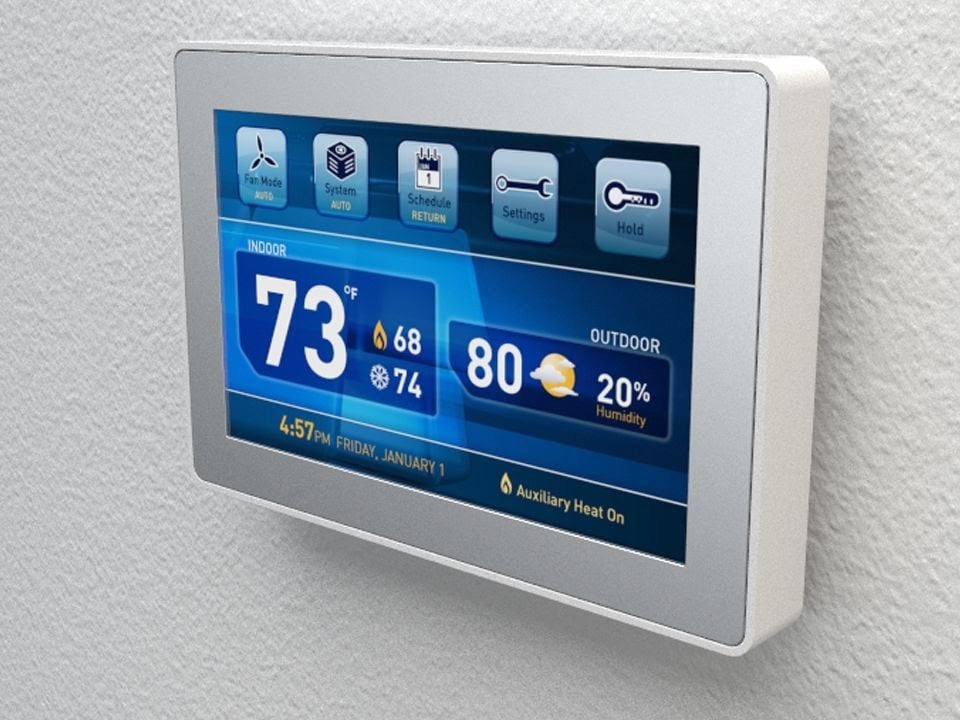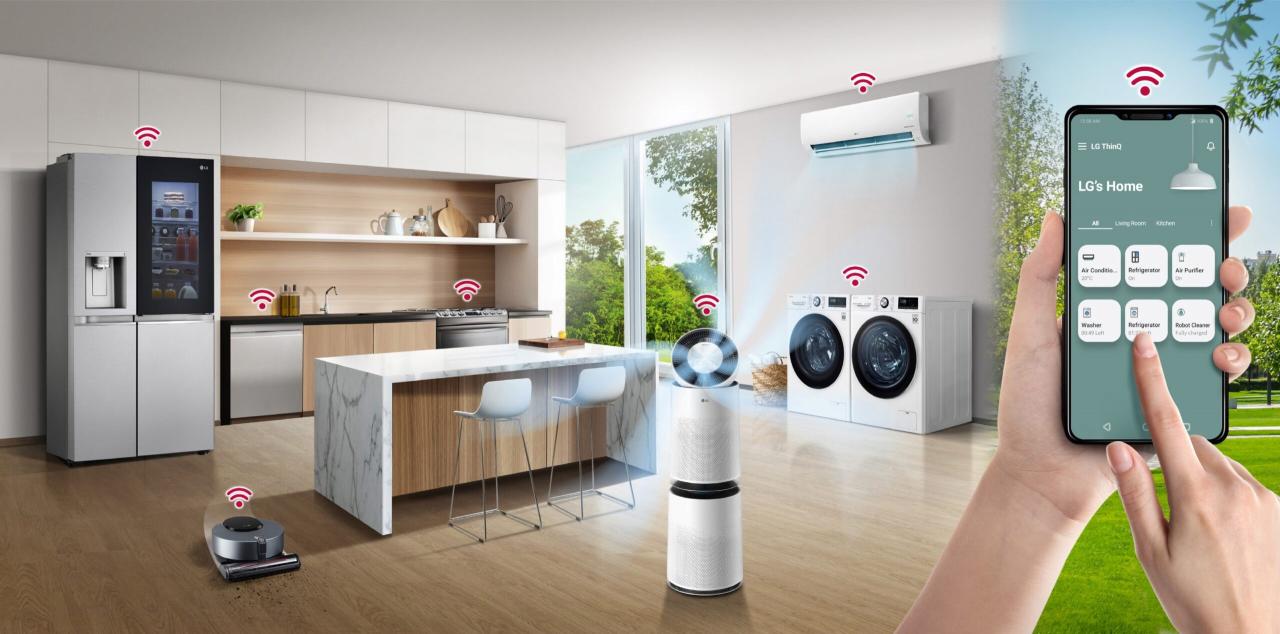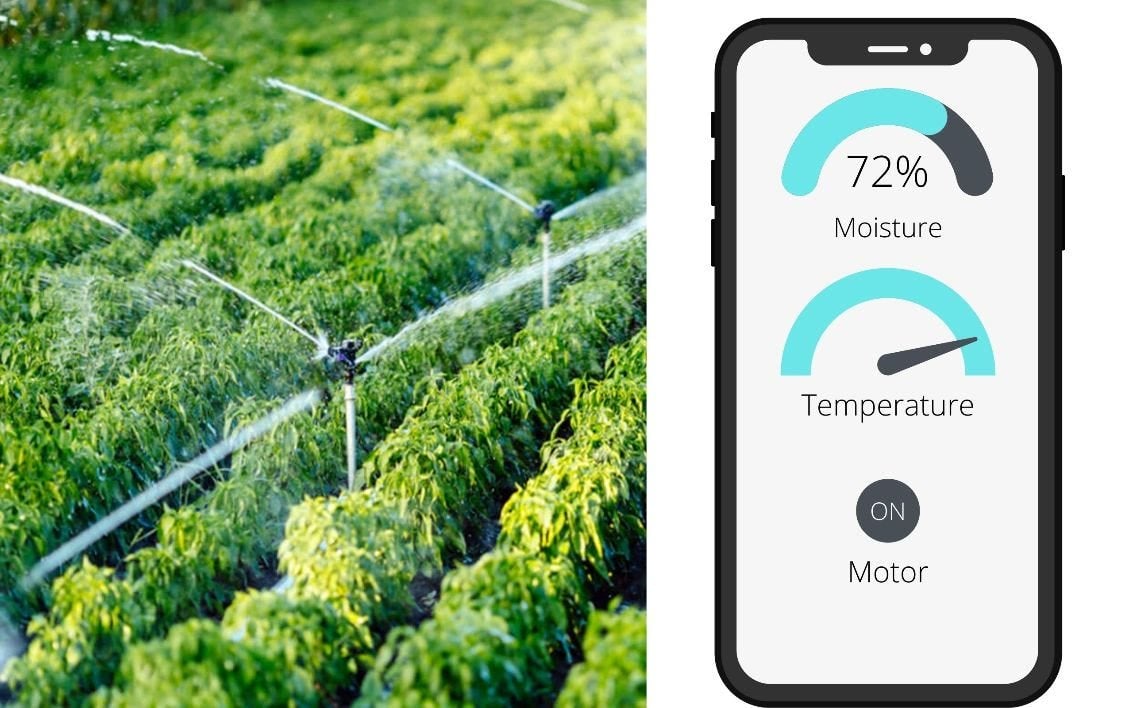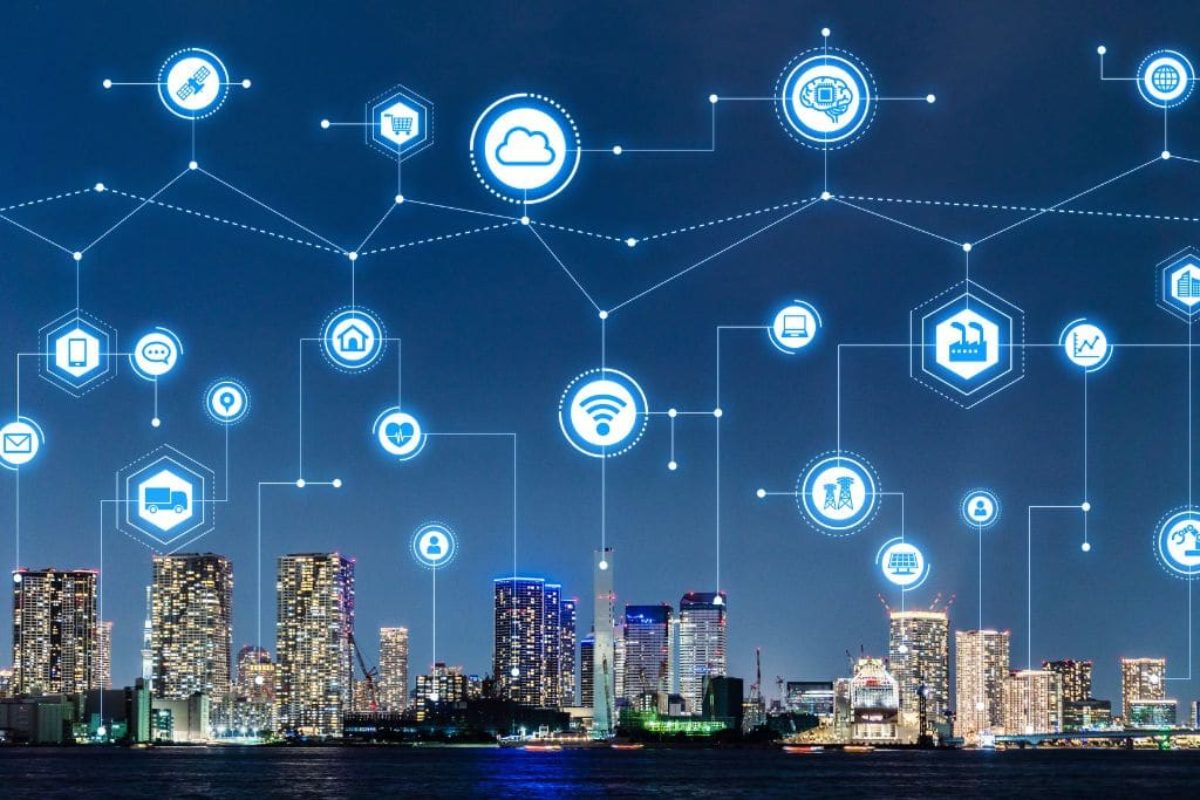Kicking off with ways to improve smart homes, this article delves into the importance of smart home technology, exploring how it enhances convenience, security, and energy efficiency. Get ready to discover the key strategies for optimizing your smart home!
Importance of Smart Homes
Smart homes are becoming increasingly popular due to the numerous benefits they offer. From enhanced convenience to improved security and energy efficiency, smart home technology is transforming the way we live.
Smart homes provide unparalleled convenience by allowing homeowners to control various aspects of their homes with just a few taps on their smartphones or through voice commands. From adjusting the thermostat to dimming the lights, smart homes offer a level of automation that simplifies daily tasks and makes life more comfortable.
In addition to convenience, smart homes also prioritize security. With features like smart locks, security cameras, and motion sensors, homeowners can have peace of mind knowing that their homes are secure at all times. These security measures not only protect the property but also provide a sense of safety for the residents.
Moreover, smart homes contribute to energy efficiency by optimizing the use of resources. Through smart thermostats, lighting systems, and appliances, homeowners can reduce energy wastage and lower utility bills. This not only benefits the environment by reducing carbon footprint but also saves money in the long run.
Enhanced Convenience
Smart homes offer unparalleled convenience by allowing homeowners to control various aspects of their homes remotely. With features like smart thermostats, lighting systems, and appliances, homeowners can automate daily tasks and make life more comfortable.
- Adjust the thermostat from anywhere using a smartphone app.
- Control lighting and create custom schedules to save energy.
- Automate appliances to turn on/off at specific times or in response to triggers.
Improved Security
Smart homes prioritize security with features like smart locks, security cameras, and motion sensors. These measures not only protect the property but also provide a sense of safety and peace of mind for the residents.
- Monitor the home through security cameras and receive alerts for suspicious activity.
- Secure entry points with smart locks that can be controlled remotely.
- Deter intruders with motion sensors that trigger alarms or lights in case of unauthorized entry.
Energy Efficiency
Smart homes contribute to energy efficiency by optimizing the use of resources. Through smart thermostats, lighting systems, and appliances, homeowners can reduce energy wastage and lower utility bills.
- Set energy-saving modes on smart thermostats to regulate heating and cooling efficiently.
- Use smart lighting systems to adjust brightness and create schedules that align with natural light.
- Opt for energy-efficient appliances that can be controlled remotely to minimize energy consumption.
Smart Home Automation
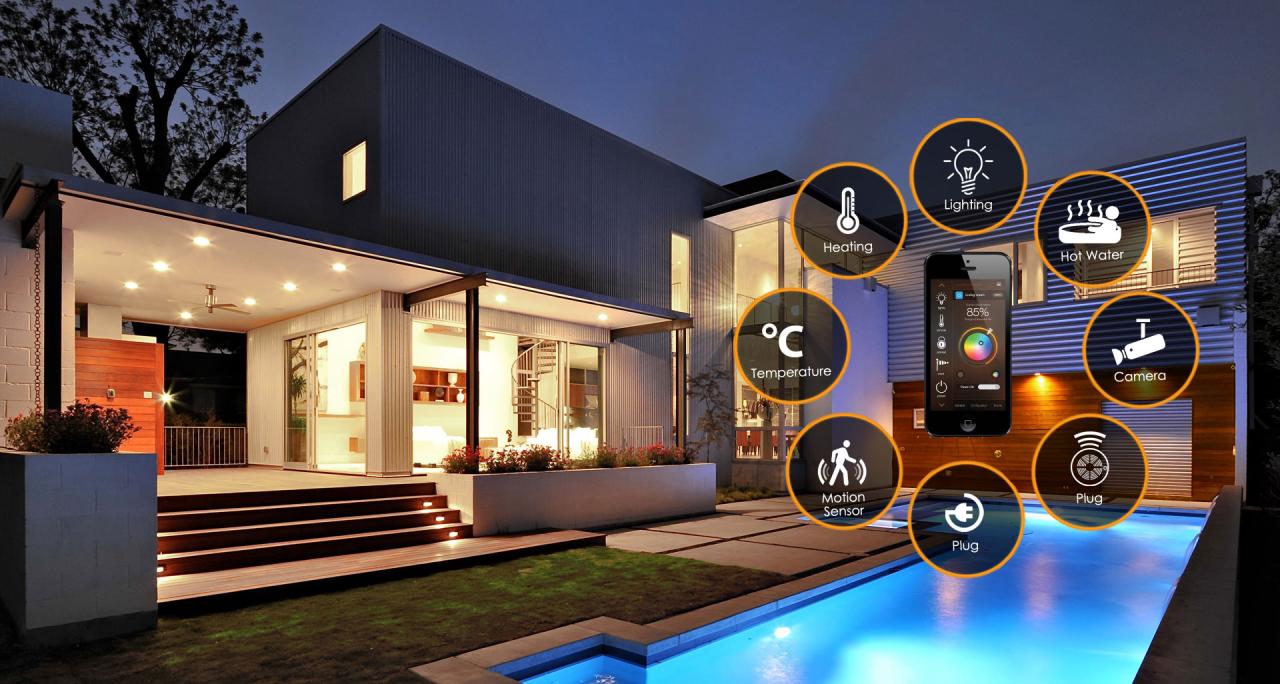
In the realm of smart homes, automation plays a crucial role in enhancing convenience, efficiency, and security for homeowners. Automation allows various devices and systems to communicate with each other and perform tasks without human intervention.
Automated Devices in Smart Homes
Automated devices in smart homes range from simple to complex, offering a wide array of functionalities to users. Some common examples include:
- Smart thermostats that adjust temperature settings based on occupancy and preferences.
- Smart lighting systems that can be controlled remotely or scheduled to turn on/off at specific times.
- Automated door locks that can be locked or unlocked through a smartphone app.
- Voice-controlled virtual assistants like Amazon Alexa or Google Assistant that can perform various tasks through voice commands.
Comparison of Automation Systems
There are different automation systems available for smart homes, each offering unique features and compatibility with various devices. Some popular automation systems include:
| Automation System | Features | Compatibility |
|---|---|---|
| Apple HomeKit | Seamless integration with Apple devices, secure communication | iOS devices, limited third-party support |
| Amazon Alexa | Voice control, extensive smart home device support | Wide range of smart home devices and brands |
| Google Assistant | Natural language processing, integration with Google services | Works with various smart home devices and brands |
Integration of IoT Devices
Integrating Internet of Things (IoT) devices into smart homes can significantly enhance the overall functionality and convenience of the living space. By connecting various IoT devices to a central smart home system, homeowners can automate tasks, improve energy efficiency, and enhance security.
Popular IoT Devices for Smart Homes, Ways to improve smart homes
- Smart Thermostats: Devices like Nest Learning Thermostat or Ecobee4 can regulate home temperature based on user preferences and schedules, leading to energy savings.
- Smart Lighting: Products like Philips Hue or LIFX allow users to control lighting remotely, set schedules, and even change colors to create different moods.
- Smart Security Cameras: Brands such as Arlo or Ring offer surveillance cameras that can be accessed from anywhere, providing peace of mind and enhancing home security.
- Smart Plugs: Devices like TP-Link Kasa or Wemo Insight enable users to remotely control appliances, monitor energy usage, and create automated routines.
Challenges and Solutions for Integrating Multiple IoT Devices
One of the main challenges of integrating multiple IoT devices in a smart home is ensuring compatibility and seamless communication between different brands and protocols. This can lead to confusion and potential malfunctions if not properly addressed.
To overcome these challenges, homeowners can opt for smart home hubs or controllers that support multiple protocols like Zigbee, Z-Wave, or Wi-Fi. These hubs act as a centralized point for all IoT devices, allowing for easier management and control.
Additionally, setting up routines and automation through platforms like IFTTT (If This Then That) can help streamline the integration process and create customized actions based on specific triggers.
Enhancing Security in Smart Homes
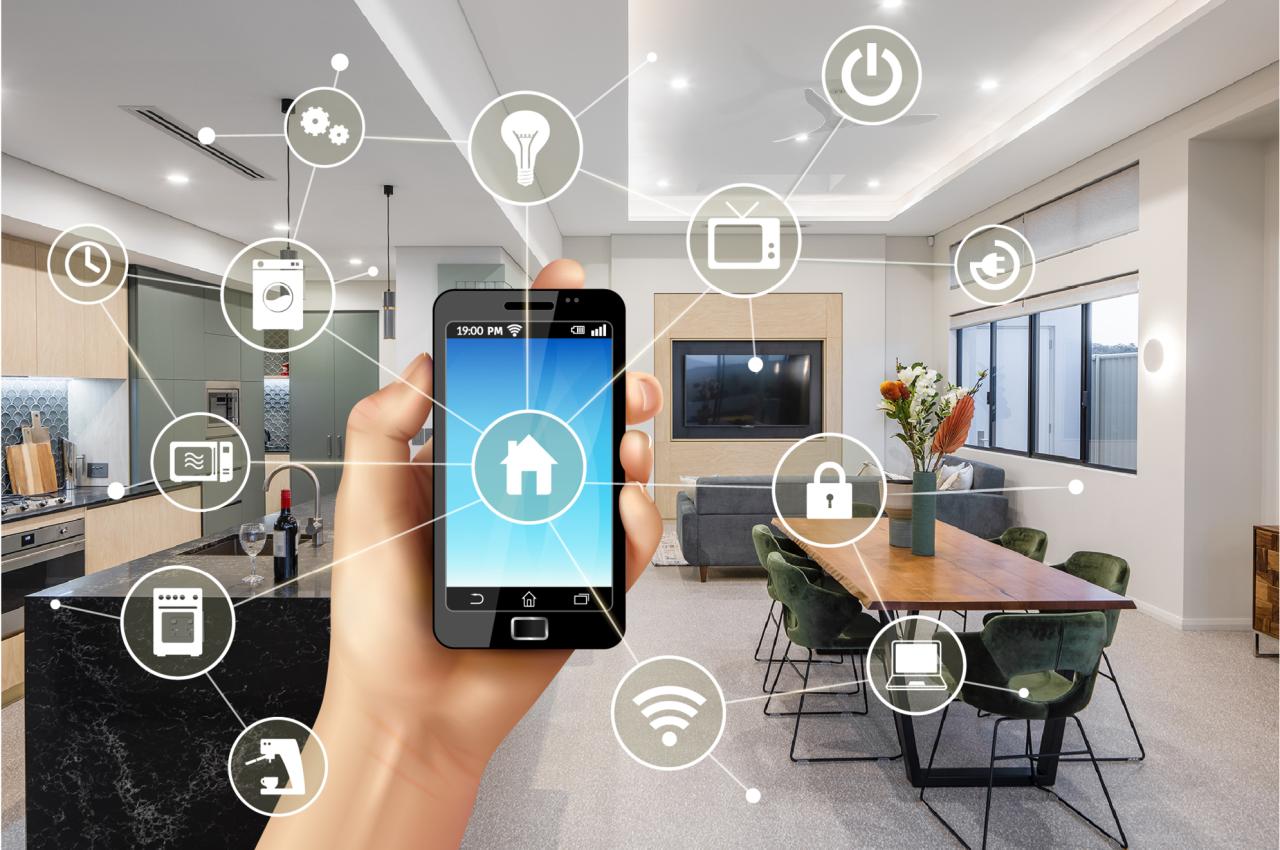
In today’s digital age, ensuring the security of our smart homes is of utmost importance. With the increasing connectivity of IoT devices, it is crucial to implement robust security measures to protect our homes from cyber threats.
Protecting Smart Homes from Cyber Threats
- Install a firewall to monitor incoming and outgoing network traffic, blocking any suspicious activity.
- Regularly update the firmware of all IoT devices to patch vulnerabilities and improve security.
- Use strong, unique passwords for each device and change them periodically to prevent unauthorized access.
- Enable two-factor authentication whenever possible to add an extra layer of security.
Securing IoT Devices within a Smart Home Network
- Segment your network to create separate VLANs for IoT devices, isolating them from your main network.
- Disable UPnP (Universal Plug and Play) on your router to prevent devices from automatically opening ports and exposing vulnerabilities.
- Monitor network traffic for any unusual activity that could indicate a security breach.
- Regularly scan your network for any unauthorized devices that may have connected without your knowledge.
Importance of Encryption and Authentication
Encryption and authentication play a vital role in ensuring the security and privacy of smart home devices and data.
-
Use end-to-end encryption to protect data transmitted between devices, ensuring that it cannot be intercepted by hackers.
- Implement secure authentication methods, such as biometric recognition or token-based authentication, to verify the identity of users and prevent unauthorized access.
- Regularly review and update your security protocols to stay ahead of evolving cyber threats and vulnerabilities.
Energy Efficiency Solutions: Ways To Improve Smart Homes
In today’s world, optimizing energy usage is crucial for both cost savings and environmental sustainability. Smart homes offer a range of solutions to help reduce energy consumption and promote energy efficiency.
Strategies for Optimizing Energy Usage
- Utilize smart thermostats to regulate heating and cooling based on occupancy and preferences, reducing energy waste.
- Implement smart lighting systems that adjust brightness and turn off when not in use, saving electricity.
- Monitor energy usage in real-time through smart meters and devices to identify areas where consumption can be reduced.
How Smart Devices Reduce Energy Consumption
- Smart appliances such as refrigerators, washers, and dryers can optimize their operation to use energy more efficiently.
- Smart plugs and power strips cut off standby power to devices when not in use, preventing energy drain.
- Automated schedules for devices and systems ensure they are only active when needed, reducing unnecessary energy usage.
Environmental Benefits of Energy-Efficient Smart Homes
- Reduced energy consumption leads to lower greenhouse gas emissions, contributing to a healthier environment.
- Energy-efficient homes help conserve natural resources like water, coal, and gas used for electricity generation.
- Promoting energy efficiency through smart home technology sets a positive example for sustainable living practices in the community.
Question & Answer Hub
How can smart homes enhance convenience?
Smart homes provide automated solutions for everyday tasks, making life easier and more efficient.
What are some popular IoT devices for smart homes?
Popular IoT devices include smart thermostats, security cameras, and smart lighting systems.
Why is encryption important for smart home security?
Encryption ensures that data transmitted between devices is secure and protected from cyber threats.




